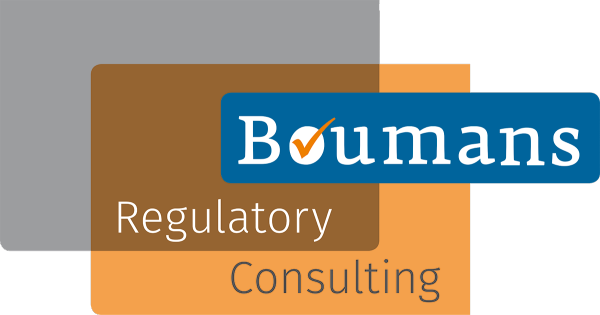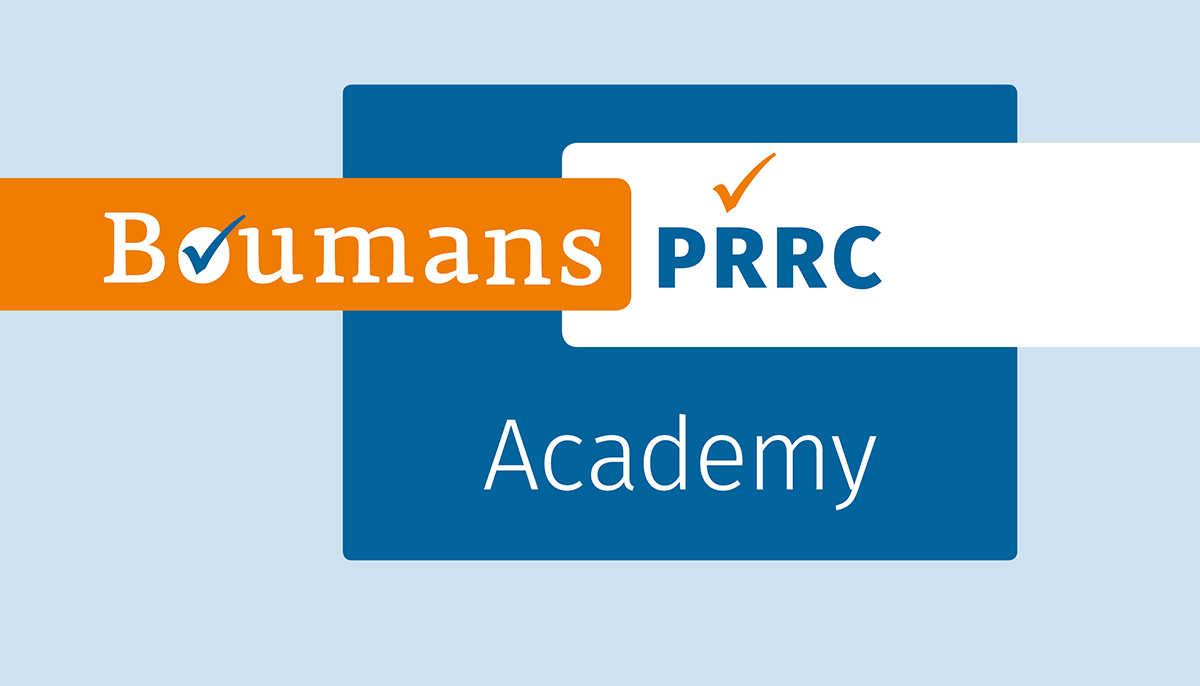When things start falling apart…
We may all be able to imagine our worst nightmare: when you realize there is something so terribly wrong with your device(s), that this is causing a huge threat to the existence of the company. This can come in multiple shapes, like an announcement by your notified body that the certificate will be withdrawn, a competent authority that asks you to make a full stop and withdraw all devices already distributed and put into service or a lawyer claiming damage in a case where you know they do have a point. I would think two thoughts will cross your mind: how did I get here, and how do I get out? The first thought, how did I get here, is at that moment not relevant. That is water under the bridge and you should focus on how to get out. You could reach out to me. I have seen several of these cases and I have been involved in them from both the perspective of a competent authority and that of a consultant helping a company in trouble.
However, right now, while you are still in the safe, you should ask yourself: how do I prevent getting there?
Good news and bad news
The bad news is that there is no hard guarantee that such scenario can be prevented for the full 100%. The good news is that you can do a lot in preventing, and you can look for early warnings of a high risk situation.
In terms of prevention I recommend creating an open culture, where staff feels safe to discuss any error they made. This will prevent someone keeping a problem to themselves, until it bursts. And of course you have well designed, fully implemented and carefully monitored PMS procedures, that will detect any issue in an early stage. But these measures cannot prevent everything and you may still find yourself loosing control over a case.
Earlier is better
There is always time between the moment you see the full consequences of an issue and the moment those consequences become a reality. The more time you have between these moments, the more chances you have to avoid the darkest scenarios. Gaining time hinges on two conditions:
- Recognizing an issue as a potential high risk problem at an early stage;
- Identifying this threat well before these consequences start materializing.
Journalists test
Evaluating the chances of the potential high risk case requires more than just checking boxes. This is about making a judgement and this is highly subjective and intuitive. I can recommend a very simple test. Just ask yourself: what if a journalist starts asking questions…?
Let’s look at journalists first: if we introduce a new device on the market and a journalists wants to write about that, what do we do? We will probably provide them with useful information prepared by the marketing department and they may even be invited to see the device themselves and speak with the people involved. Why then treat a journalist asking questions about a more delicate issue completely different? For sure it will send a clear message: ‘we are hiding something, and here is where to look for it.’ It also sends an internal message around in the organization: there is something going on that we have to keep out of the daylight. This may place staff in conflicting situations.
You can use this scenario by asking yourself in each case: if a journalist would start asking questions, how would we treat them? This is the same type of question that is used in work ethics: if you don’t want your manager to know, you may be doing something unethical or illegal (unless you are organizing their surprise birthday party of course). So I strongly recommend applying the ‘journalist test’ every time you make a call on compliance.
Profiling
It takes permanent vigilance to identify a potential high-risk problem. These problems can come from all sides: product design, supply of services, components or raw materials, the production process, distribution, notified body or competent authorities etc. Each and every signal must be assessed and put into a context.
There are four basic questions that can help to profile a case. Always apply all four questions and try to imagine these are asked by the journalist from the journalist test criterion:
- Can the case be considered a routine matter, or is this something new and unexpected?
- What is the typical character of the case; is this about an identified and accepted risk or side-effect, does it indicate a potential structural problem or is this a freak accident?
- Can you solve the problem as company yourself, or do you depend on other factors that are not under your control?
- Does preventing this case developing into a serious issue depend on a single solution or a single fault?
Let’s look at some scenarios:
- A company is MDD certified and does not yet have an agreement with a notified body, while the expiration date of the MDD certificate is approaching rapidly. This is certainly not routine. For solving this at least one notified body needs to cooperate, and there is a limit to what a company can do to improve their changes. This is a case with a ‘single solution’ condition. Conclusion: this looks like a high risk situation.
- Trending data show that the prevalence of a specific side-effect has increased year-over-year by 20%. Reports about this side-effect are handled on a routine base and there is no indication this is unexpected. It is a known side-effect, but its acceptability may have to be evaluated again. If this is identified as serious, the manufacturer should try to resolve this, and there are several lines of thinking on how to do that. Conclusion: this does not look like a critical situation.
- A small percentage of devices suffers a specific failure, of which it is not clear if it causes harm to patients. This failure is handled routinely. This failure is addressed in the risk management report, but there is a lack of clinical data regarding the patient outcome. There is a new model of the device that is about to be launched, which should not have this issue. Once this is on the market the older models will in a few years’ time be replaced. Conclusion: the lack of insight in potential patient risks makes it difficult to see if this is potential high risk case. The ‘journalist test’ will probably make this move into the category ‘potentially high risk, until proven differently’.
Intuition
Above examples demonstrate that these four questions usually will not result in simple yes or no answers and the result will in most situations be quite blurred. I recommend trusting your intuition. The ‘journalist test’ may help with that. Do this check frequently and try to put yourself in the position of that journalist. It will help you spot a potential issue, long before it develops into a problem.
Consulting service
Boumans Regulatory Consulting offers the ad hoc service, which can also be used for a reality check on what could be a high risk issue. There is also the PRRC support service, where a PRRC can reach out, with exactly the same objective. Finally, if you think you are too late to steer away from stormy weather, you can reach out to see what help I can offer. I have assisted companies getting out of dire situations, there is a lot of experience you can lean on.





